Revolutionizing Freight Transportation: The WAG 12 Electric Locomotive
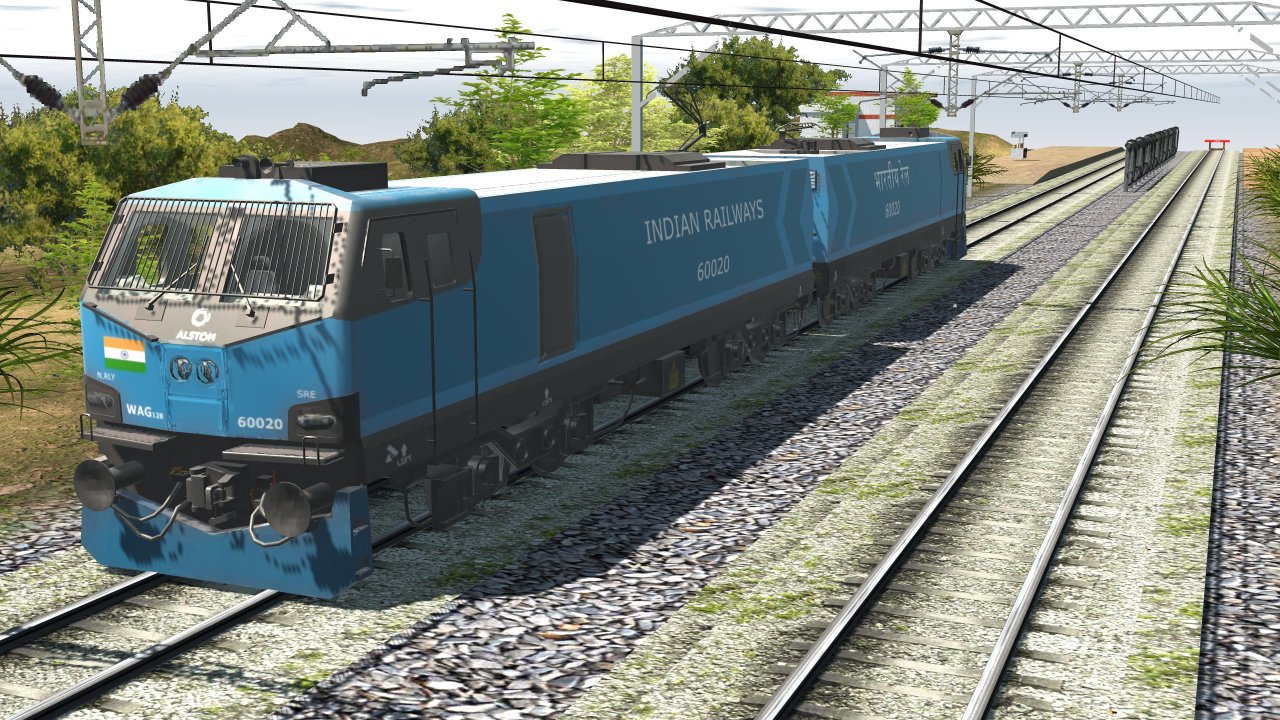
The Indian Railways has been taking major strides towards modernization and electrification of its locomotives. One such effort is the introduction of the WAG 12, the most powerful locomotive in the Indian Railways fleet. This locomotive marks a new era in Indian Railways' push towards sustainable and efficient transportation. This article will explore the key features and specifications of the WAG 12, its impact on the Indian Railways system, and how it fits into the broader context of Indian Railways' modernization efforts.
Key Features and Specifications The WAG 12 locomotive is designed and manufactured by Alstom in partnership with the Indian Railways. This electric locomotive has a power output of 12,000 horsepower, making it the most powerful locomotive in India. It is a part of the Prima T8 electric locomotive series and is designed for heavy haul freight operations. The WAG 12 can haul freight trains at speeds up to 120 km/h and has a hauling capacity of 6,000 tonnes. It also has regenerative braking technology, which converts the kinetic energy of the train back into electrical energy, reducing energy consumption and emissions.
The WAG 12 locomotive is equipped with the latest technology, including a microprocessor-based control system that enables remote monitoring, diagnostics, and maintenance. It also has advanced features such as auto coupler technology, which reduces the time taken to couple and decouple freight wagons, and a state-of-the-art train protection and warning system (TPWS), which ensures safe and reliable operation of the locomotive.
Impact on Indian Railways System The WAG 12 locomotive is a significant addition to the Indian Railways' fleet, and its introduction marks a major step towards the modernization and electrification of the railways. The locomotive is expected to replace diesel locomotives on long-haul freight routes, leading to significant energy savings and reduced emissions. The use of electric locomotives is also expected to lead to increased efficiency and reliability, as electric locomotives require less maintenance and have a longer lifespan than diesel locomotives.
The WAG 12 is also expected to improve the speed and capacity of freight transportation in India. With a hauling capacity of 6,000 tonnes and a top speed of 120 km/h, the WAG 12 can transport larger and heavier loads faster than its diesel counterparts. This will help reduce transit times and lower logistics costs, making Indian industries more competitive.
Furthermore, the WAG 12 is expected to create new job opportunities in the Indian Railways sector, from the manufacturing and maintenance of the locomotive to the operation and management of freight transportation.
Broader Context of Indian Railways' Modernization Efforts The introduction of the WAG 12 locomotive is part of a broader effort by the Indian Railways to modernize its fleet and infrastructure. The Indian Railways has set a target to electrify its entire network by 2023, and the introduction of electric locomotives such as the WAG 12 is a significant step towards achieving this target. The Indian Railways is also investing in the modernization of its signaling and telecommunications systems, which will improve safety and reliability, reduce transit times, and increase capacity.
Conclusion The WAG 12 locomotive is a significant addition to the Indian Railways fleet and marks a new era in the Indian Railways' push towards modernization and sustainability. The locomotive's advanced features, including its regenerative braking technology and microprocessor-based control system, make it a reliable, efficient, and environmentally friendly option for freight transportation. The WAG 12 is expected to have a significant impact on the Indian Railways system, improving speed, capacity, and efficiency, and creating new job opportunities

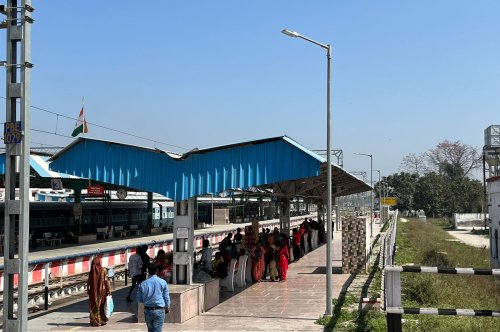
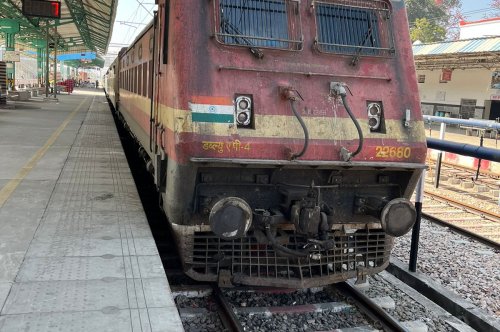
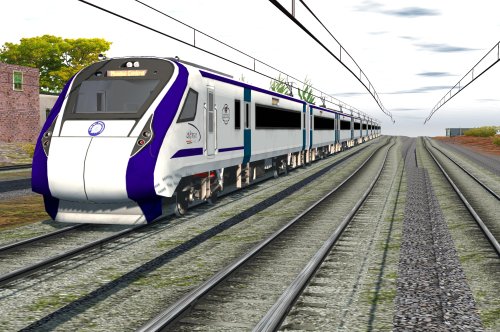

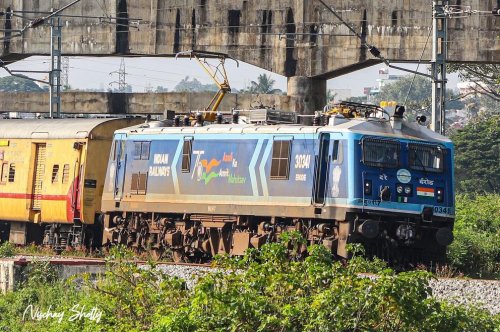

Het jani
New trick
3 years ago
Ajay
Download kesa krna ha
3 years ago